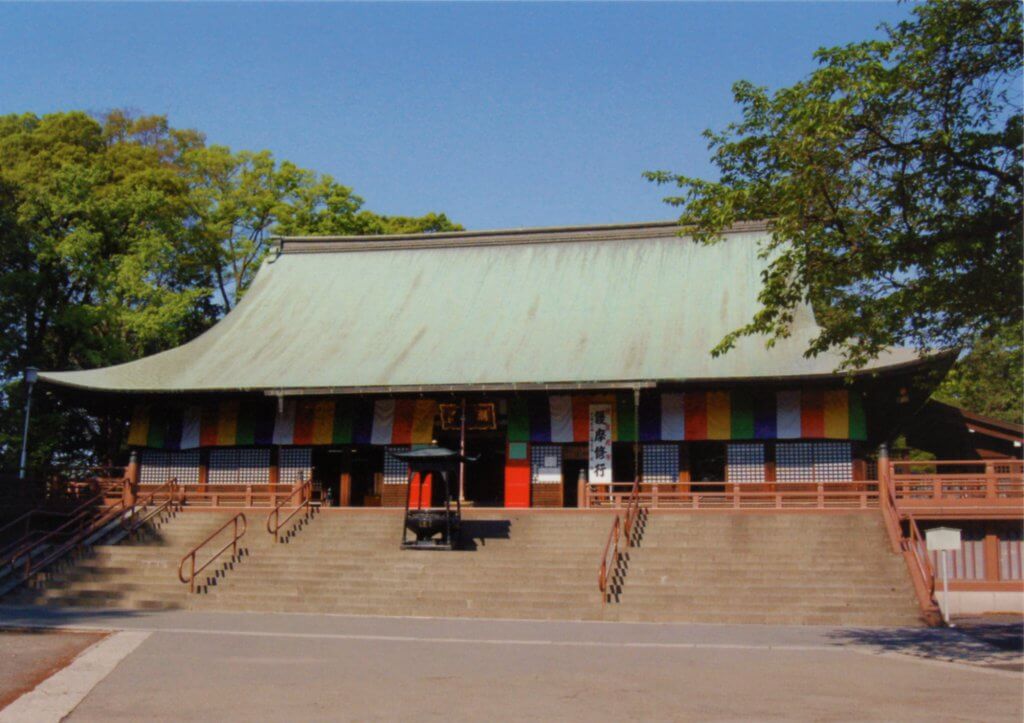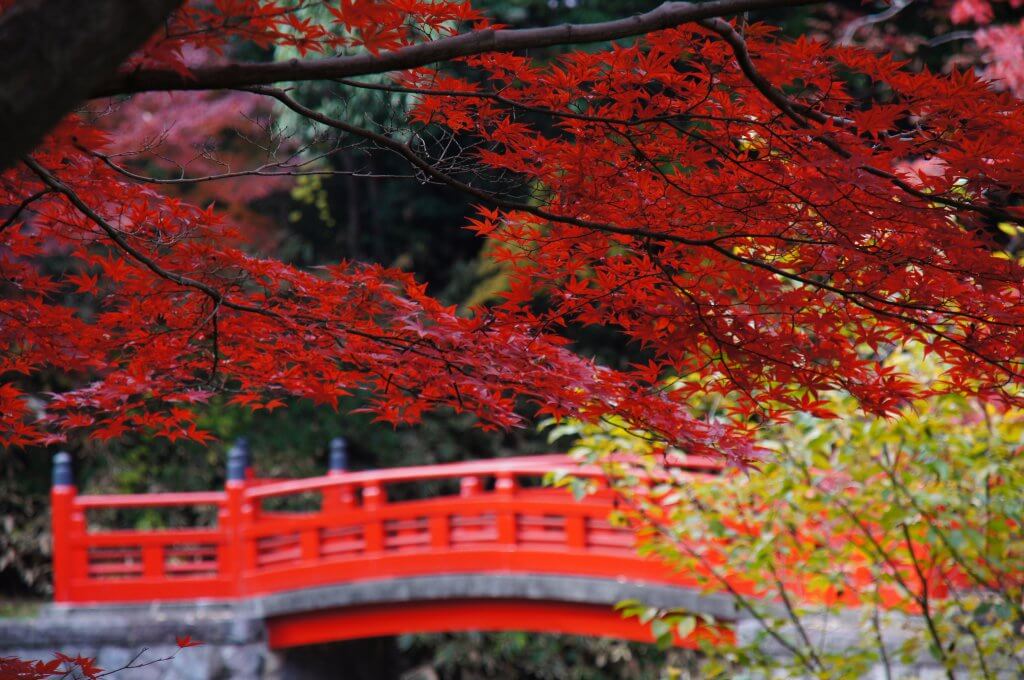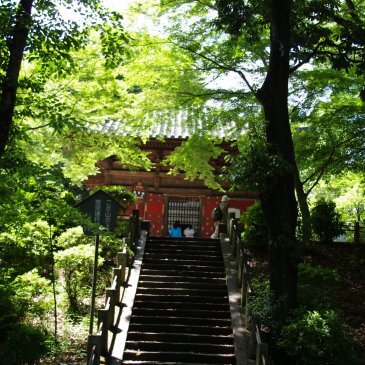The capital of Japan, Tokyo, is widely known as one of the greatest economic cities in the world. In order to understand how Tokyo has grown to become everything that it is today, you must go back to the grand achievements of Tokugawa Ieyasu.
It has been said that the achievements of Tokugawa Ieyasu were influenced by Tenkai Sojo, the 27th Chief Priest of the Kitain Temple. Tenkai Sojo has been credited as the brains behind all of Tokugawa Ieyasu’s actions.
The Kitain Temple belongs to a Tendai School, which is a school of Buddhism. According to Japanese legend, it is said that the origin of this temple dates back to the 8th century. It is believed that in those days, the grounds of Kitain Temple were underwater. Legend has it that a holy man stopped here and removed the seawater using power of Buddhism.
It is thought that the creation of this temple was when a statue of Buddha was enshrined in that location. After that time, year 830, a high priest Jikaku Daishi was given an imperial order to build the temple on those grounds. This temple was named the Muryoji Temple.
A temple that is built under the order of an emperor is collectively called a “chokuganji temple.” These temples are built so that people may pray and wish to a Buddha for things such as the safety of the nation. In 1599, a man named Tenkai Sojo took over as the chief priest of the temple and changed the temple’s name from Muryoji Temple to Kitain Temple.
The relationship between Tokugawa Ieyasu and Tenkai Sojo has several different backstories, but no one truly knows how they first met. However they came to meet, it is known that Tokugawa Ieyasu counted on Tenkai Sojo’s knowledge greatly, especially when Tokugawa Ieyasu made the town of Edo (the former name of Tokyo).
First of all, Tenkai Sojo decided the location for Edo based upon the knowledge of an “onmyoji,” which is a professional practitioner of Japanese cosmology. It is also said that he contributed in designing the Edo Castle and cattle town, which is a type of urban structure in Japan that surrounds a feudal lord’s castle. One of the most famous of his achievements is the “Kimon Fuji.” A “Kimon” is a “demon gate,” that is considered to face the north-east and south-west directions and “Fu-ji” means to “prevent something from entering.” In total, the gate stands for a structure made to defend the castle, and castle town, against evil spirits and energy. Arranging temples and shrines along the path of evil, Tenkai Sojo directed the flow of evil away from the castle.
Considering that Tokyo has become a successful and global city, it might be said that the design by Tenkai Sojo was the cause of this success.



